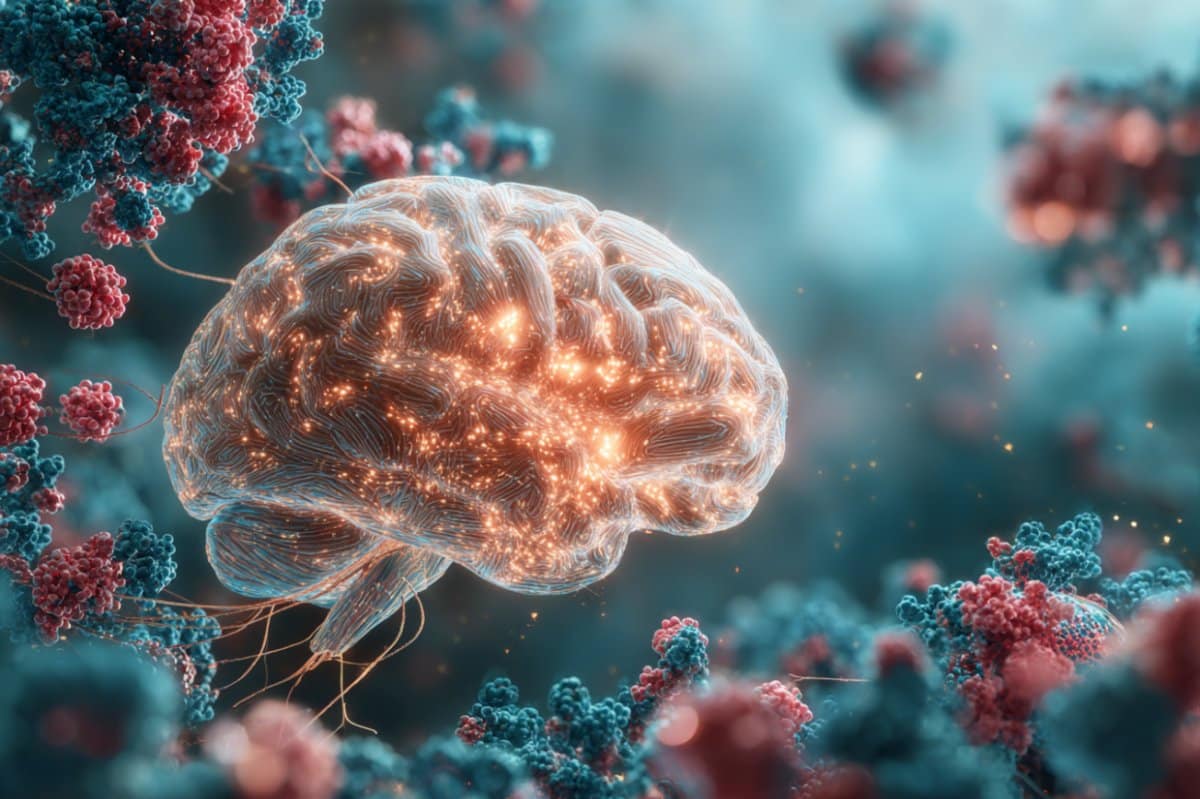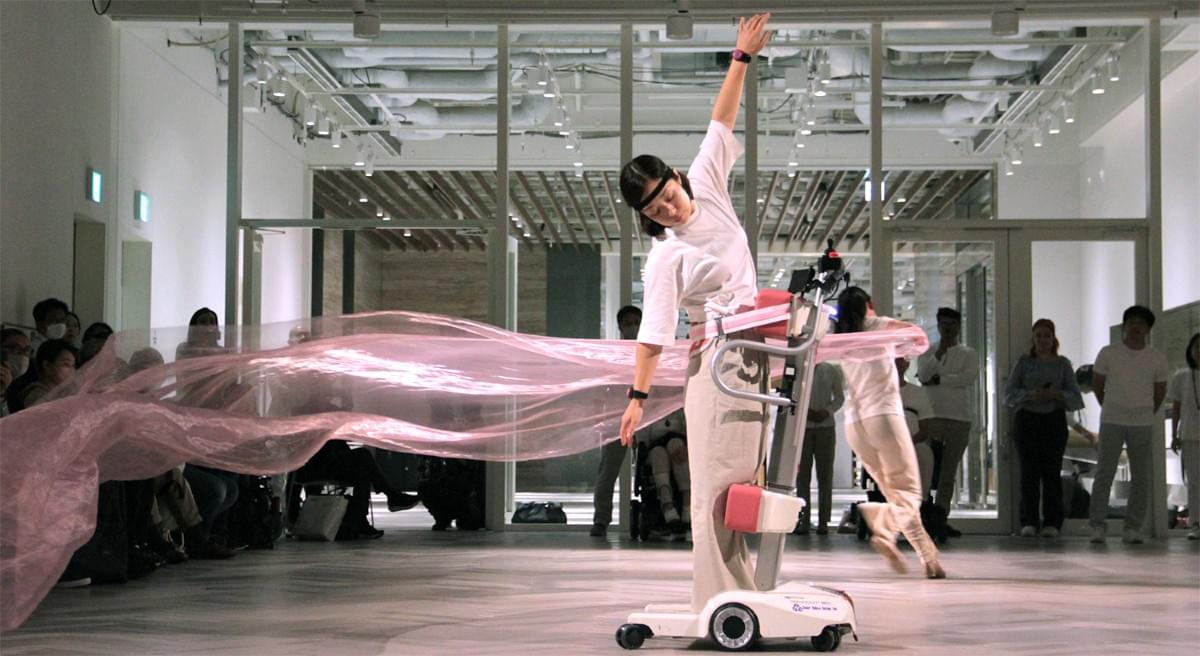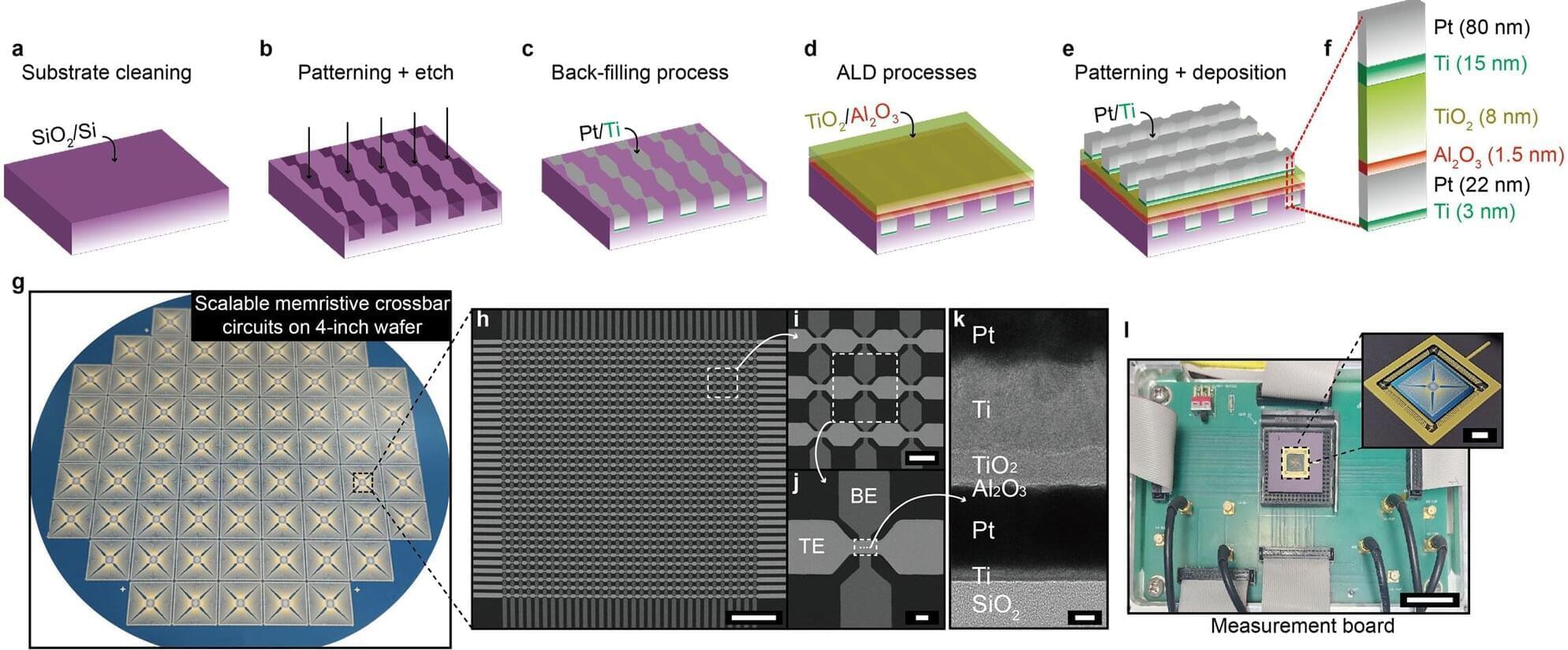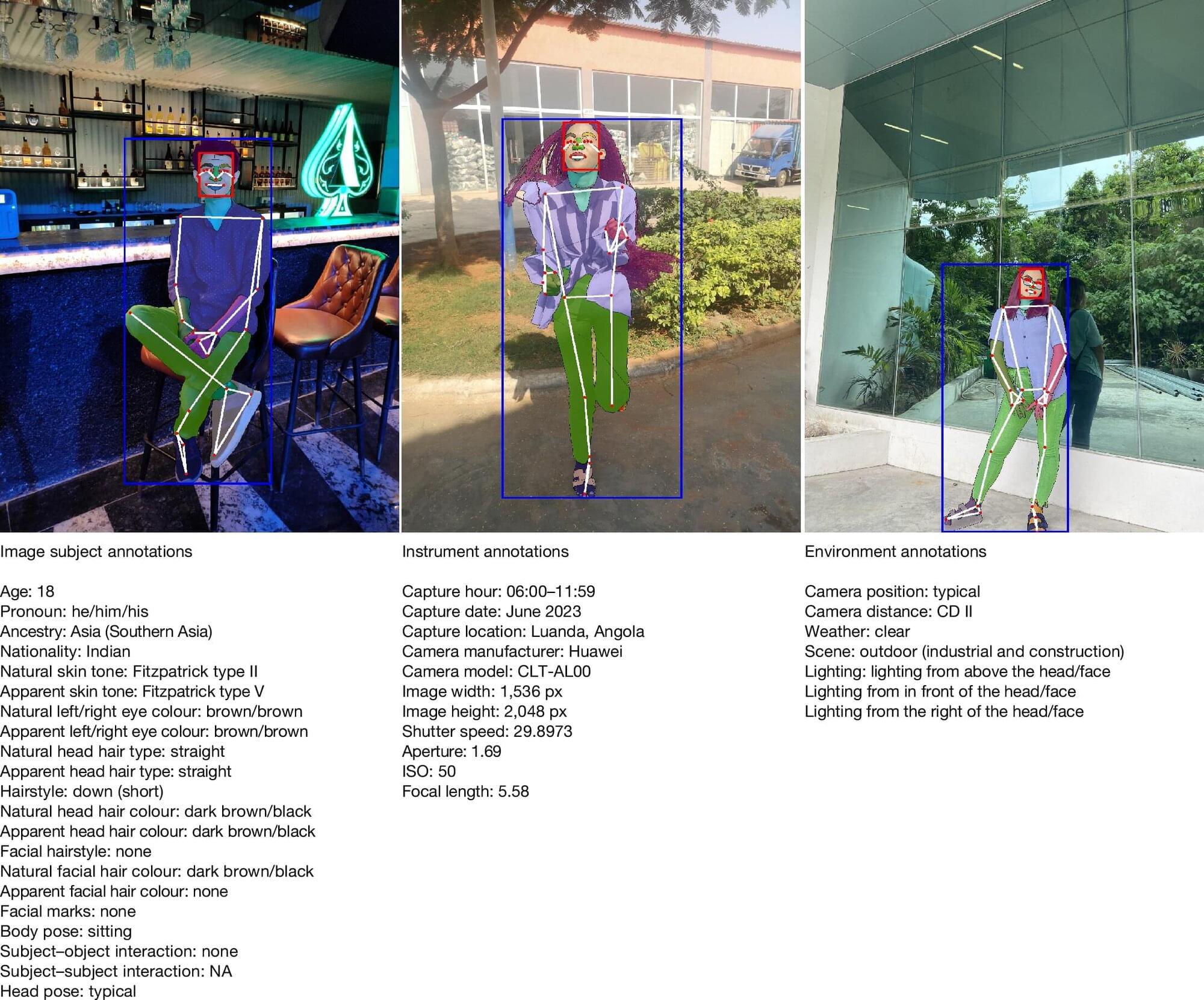Folklore suggests that a full moon has a strong effect on sleep. But the reality is more complex, and lifestyle habits like screen use before bedtime are likely to have a larger effect.






My latest, part of my CA Gov run!
These cities could also confront two of California’s biggest crises: homelessness and housing affordability. We could plan from day one for low-income and permanent supportive housing, integrated into neighborhoods rather than hidden on the margins. Additionally, for young people, who have watched the dream of owning a home slip away, these new cities could offer a real future—places where the middle class can afford to live, not just survive.
Supercities would also allow us to build sustainability into the foundation of urban life. Powered by renewable energy, designed around walkability and transit, and filled with parks, green roofs and cutting-edge architecture, they could show the world that growth and environmental responsibility can coexist. California has always been a leader in innovation. Why not apply that same imagination to how we live?
This isn’t fantasy—it’s pragmatism. California’s housing shortage is measured in millions of units. Fixing that within the current system is nearly impossible. Building new cities from scratch is the cleanest, fastest way to meet the scale of the problem. It would put people to work, attract investment and reignite the sense of purpose that once defined this state.
The choice is simple: stagnation or creation. We can let our cities decay under the weight of overregulation and paralysis, or we can build new ones that embody the California ideal of progress. The state that built Silicon Valley, Hollywood and the Golden Gate Bridge shouldn’t be afraid to build again. Supercities aren’t some futuristic fantasy—they’re the bold, realistic solution California needs to revive its economy, house its people and remind the world what ambition looks like.

Stereotypies are abnormal, repetitive, and seemingly goal-less behaviors that are prevalent within the animal kingdom. They have been documented in nearly every captive mammal and bird species, including laboratory animals, zoo animals, and farm animals.
In addition, they are a core feature of several human neurodevelopmental and neuropsychiatric disorders such as autism spectrum disorder and schizophrenia. Despite well documented environmental risk factors associated with stereotypies in captive animals, the developmental origins of these behaviors remain elusive.

What if instead of replacing us in our jobs, AI-enabled robots were to help us become the best versions of ourselves? Prompted by the ageing crisis and a projected shortfall of carers, a research team in Japan is seeking to create a new robotic paradigm, where AI-enabled robots help us to help ourselves.
“By 2050, I’d like to realize a smarter, more inclusive society, where everyone will be able to use AI robots anytime and anywhere,” says Yasuhisa Hirata, a mechanical engineer at Tohoku University in Sendai, Japan1. Hirata is the project manager on the ‘Adaptable AI-enabled Robots to Create a Vibrant Society’ project of the Japanese Government’s Moonshot Research and Development Program.
He envisages future AI-enabled robots functioning somewhere between a carer and a coach — a tool that can provide support, but which makes users feel as though they are performing tasks independently rather than being assisted by a robot. Such tasks might range from people standing up out of a chair, lifting a heavy object, or expressing themselves through dance.

Beyond direct injuries, exposure to tropical cyclones is associated with higher risks of death across a range of causes including kidney, heart and lung diseases, neuropsychiatric conditions, and diabetes, finds a study published in The BMJ’s climate issue.
Risks were substantially higher in deprived communities and areas that have previously experienced fewer tropical cyclones, suggesting an urgent need to integrate more evidence on tropical cyclone activity into disaster response plans, say the authors.
Tropical cyclones are one of the most devastating and costly extreme weather events, affecting an average of 20.4 million people a year with direct economic losses of US$51.5 billion over the past decade.

A research team led by Professor Sanghyeon Choi from the Department of Electrical Engineering and Computer Science at DGIST has successfully developed a memristor, which is gaining recognition as a next-generation semiconductor device, through mass-integration at the wafer scale.
The study, published in the journal Nature Communications, proposes a new technological platform for implementing a highly integrated AI semiconductor replicating the human brain, overcoming the limitations of conventional semiconductors.
The human brain contains about 100 billion neurons and around 100 trillion synapses, allowing it to store and process enormous amounts of information within a compact space.

A database of more than 10,000 human images to evaluate biases in artificial intelligence (AI) models for human-centric computer vision is presented in Nature this week. The Fair Human-Centric Image Benchmark (FHIBE), developed by Sony AI, is an ethically sourced, consent-based dataset that can be used to evaluate human-centric computer vision tasks to identify and correct biases and stereotypes.
Computer vision covers a range of applications, from autonomous vehicles to facial recognition technology. Many AI models used in computer vision were developed using flawed datasets that may have been collected without consent, often taken from large-scale image scraping from the web. AI models have also been known to reflect biases that may perpetuate sexist, racist, or other stereotypes.
Alice Xiang and colleagues present an image dataset that implements best practices for a number of factors, including consent, diversity, and privacy. FHIBE includes 10,318 images of 1,981 people from 81 distinct countries or regions. The database includes comprehensive annotations of demographic and physical attributes, including age, pronoun category, ancestry, and hair and skin color.